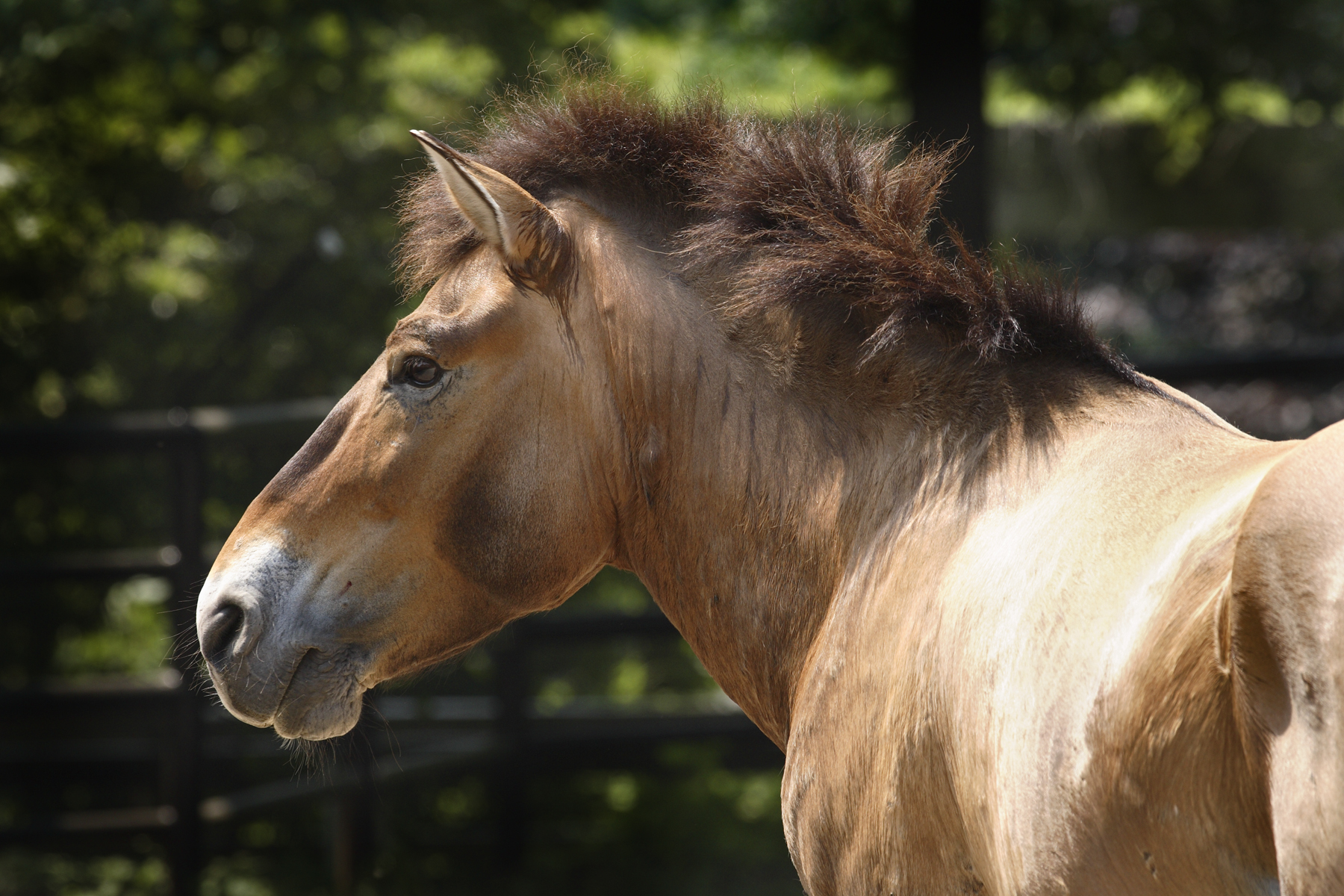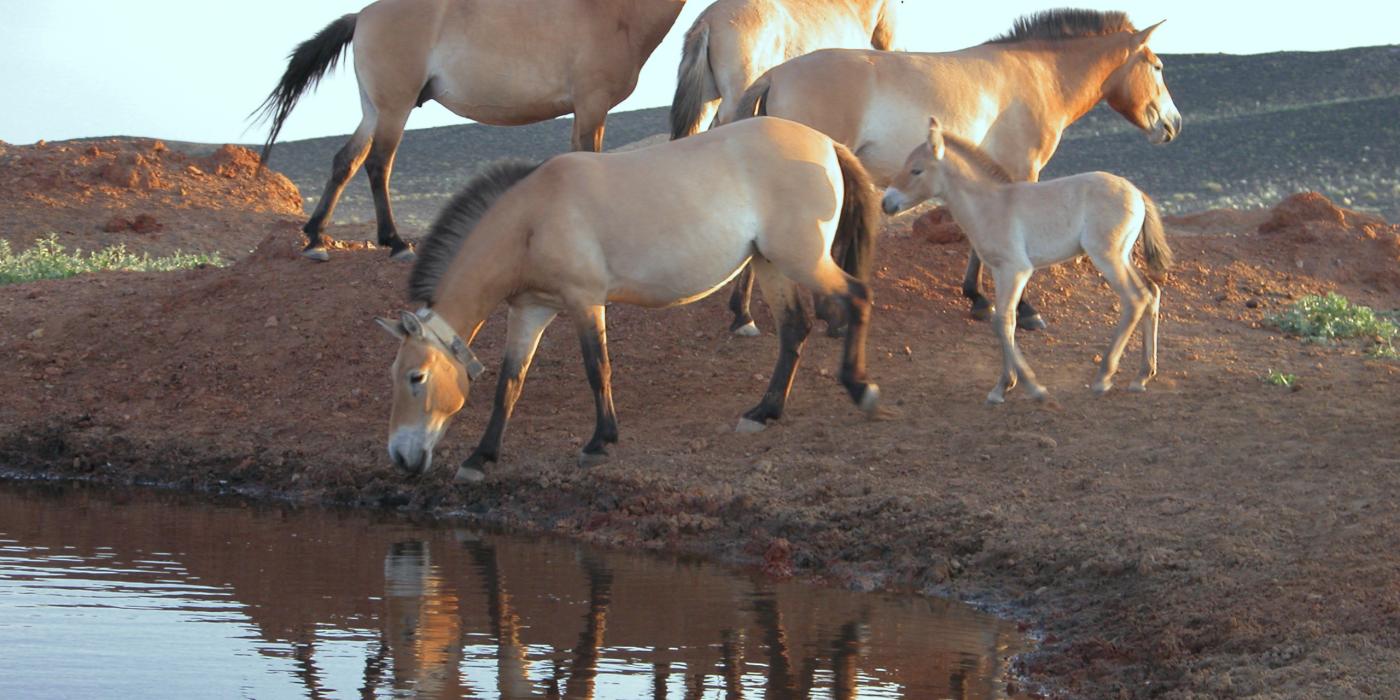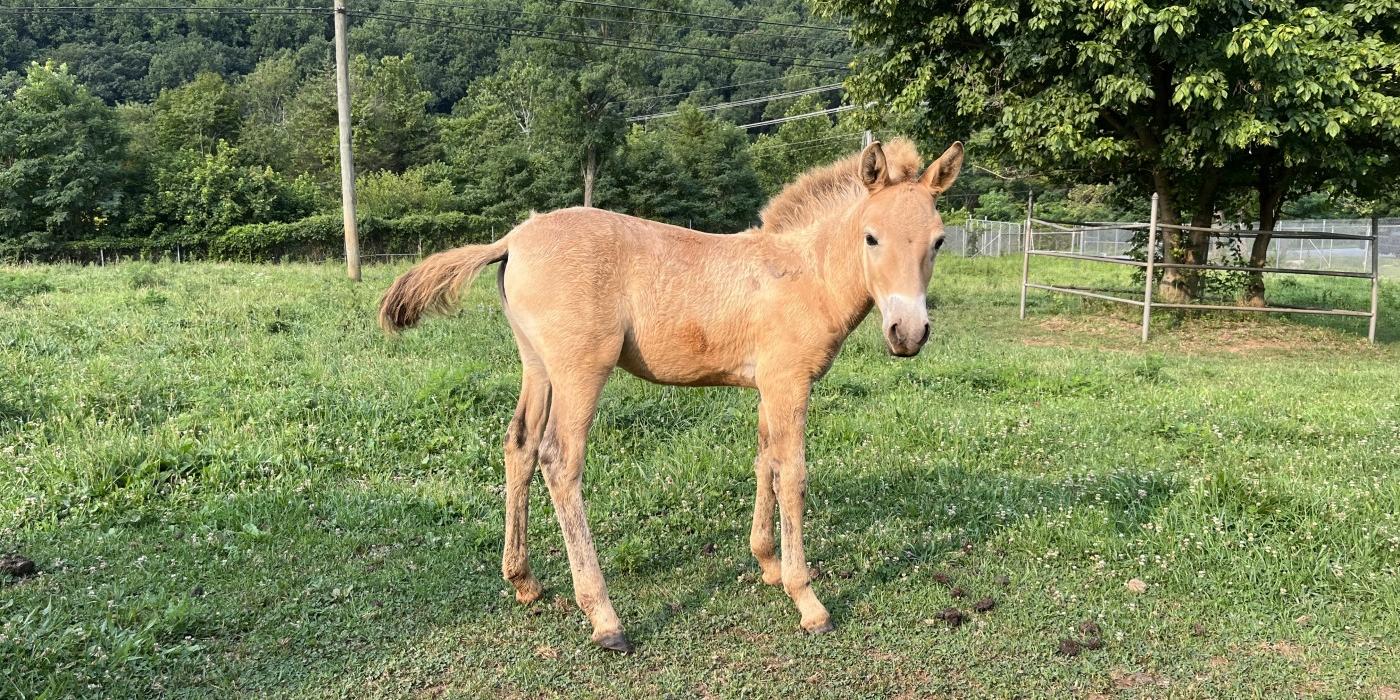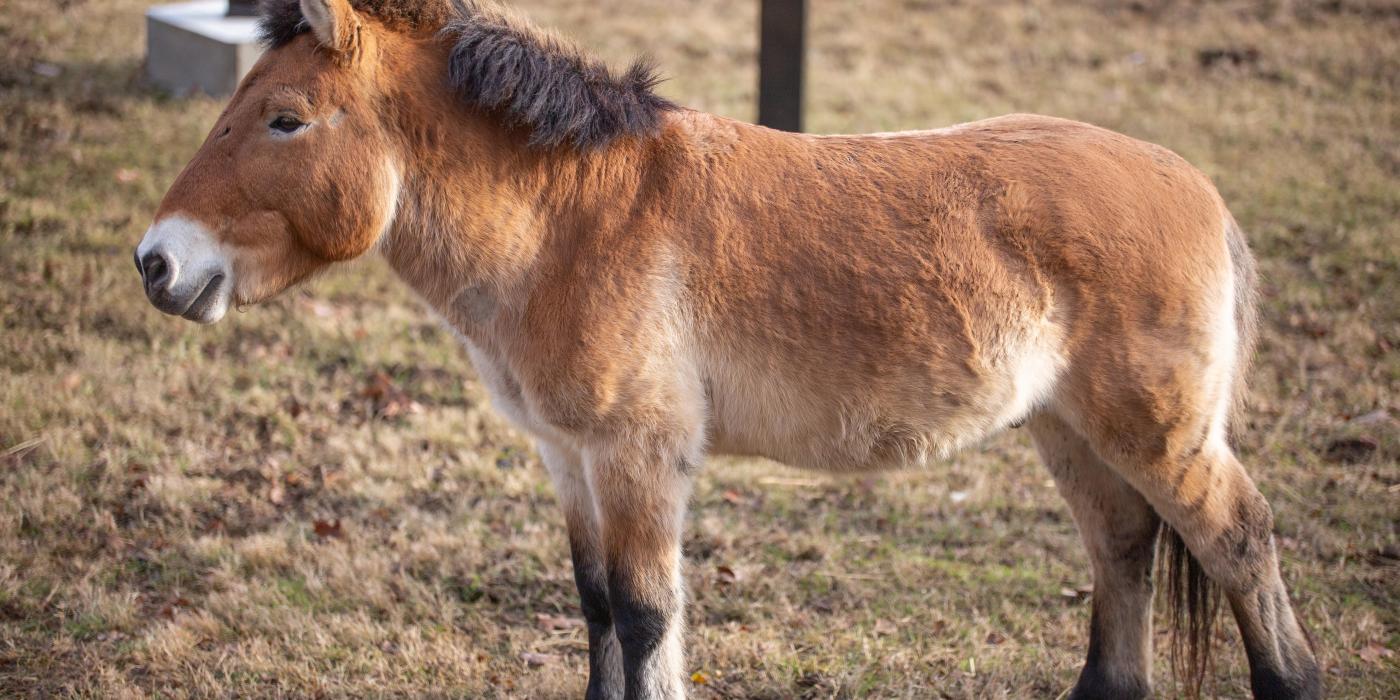Elderly Przewalski’s Horse Dies at the Smithsonian’s National Zoo
Keepers at the Smithsonian’s National Zoo are mourning the loss of Minnesota, a Przewalski’s horse who was humanely euthanized yesterday morning. At 29 years old, Minnesota was considered geriatric for his species; the median life expectancy for male Przewalski’s horses is 15 years in human care. A final pathology report will provide more information.
Animal care staff had been closely monitoring Minnesota for health issues related to his advanced age, including chronic dental disease, weight loss and lethargy. Working closely with Zoo nutritionists, keepers modified Minnesota’s diet to ensure that he was receiving the optimal amount of daily nutrients. When his condition did not improve, Zoo veterinarians anesthetized Minnesota to try to determine the underlying cause of his symptoms. Despite conducting a full physical exam and analyzing blood samples, veterinarians were unable to determine the exact cause of illness. Over the weekend, staff determined that his quality of life had worsened and elected to humanely euthanize Minnesota based on his poor long-term prognosis.
Born at the Minnesota Zoo April 10, 1988, Minnesota arrived at the Smithsonian Conservation Biology Institute (SCBI) in Front Royal, Va., in June 2004. He came to the Zoo in June 2005 but returned to SCBI in February 2008. In 2014, Minnesota came back to Washington, D.C., to serve as a non-breeding companion for Rose-Marie, the Zoo’s 31-year-old female Przewalski’s horse. Keepers describe Minnesota as a good-natured horse who was very attentive to Rose-Marie and stuck close by her side whenever they explored their habitat.
Most zoo animals participate in a breeding program called the Species Survival Plan (SSP). The SSP scientists determine which animals to breed by considering their genetic makeup, nutritional and social needs, temperament and overall health. In 2008, Zoo and SCBI veterinarians performed the first successful reverse vasectomy on Minnesota; the procedure was the first of its kind to be performed on an endangered equid species. Rather than breed, Minnesota acted as an educational ambassador for his species, illustrating the social nature and behavior of Przewalski's horses to scientists, keepers and Zoo visitors.
The Przewalski's horse is a species native to China and Mongolia that was declared extinct in the wild in 1969. Today, approximately 1,500 Przewalski’s horses reside at zoological institutions worldwide, carrying genes from only 14 original animals. Hunting, loss of habitat and loss of water sources threaten horses that have been reintroduced to their native habitats. Committed to preserving this species and equid research in general, SCBI works to maintain breeding populations that serve as a source of animals for reintroduction. In 2013, scientists at SCBI celebrated a huge breakthrough for the survival of this species with the birth of a female Przewalski’s horse—the first born via artificial insemination. Zoo visitors can see Rose-Marie in her habitat adjacent to the Small Mammal House.
# # #
Photo Credit: Jessie Cohen, Smithsonian’s National ZooRelated Species:




